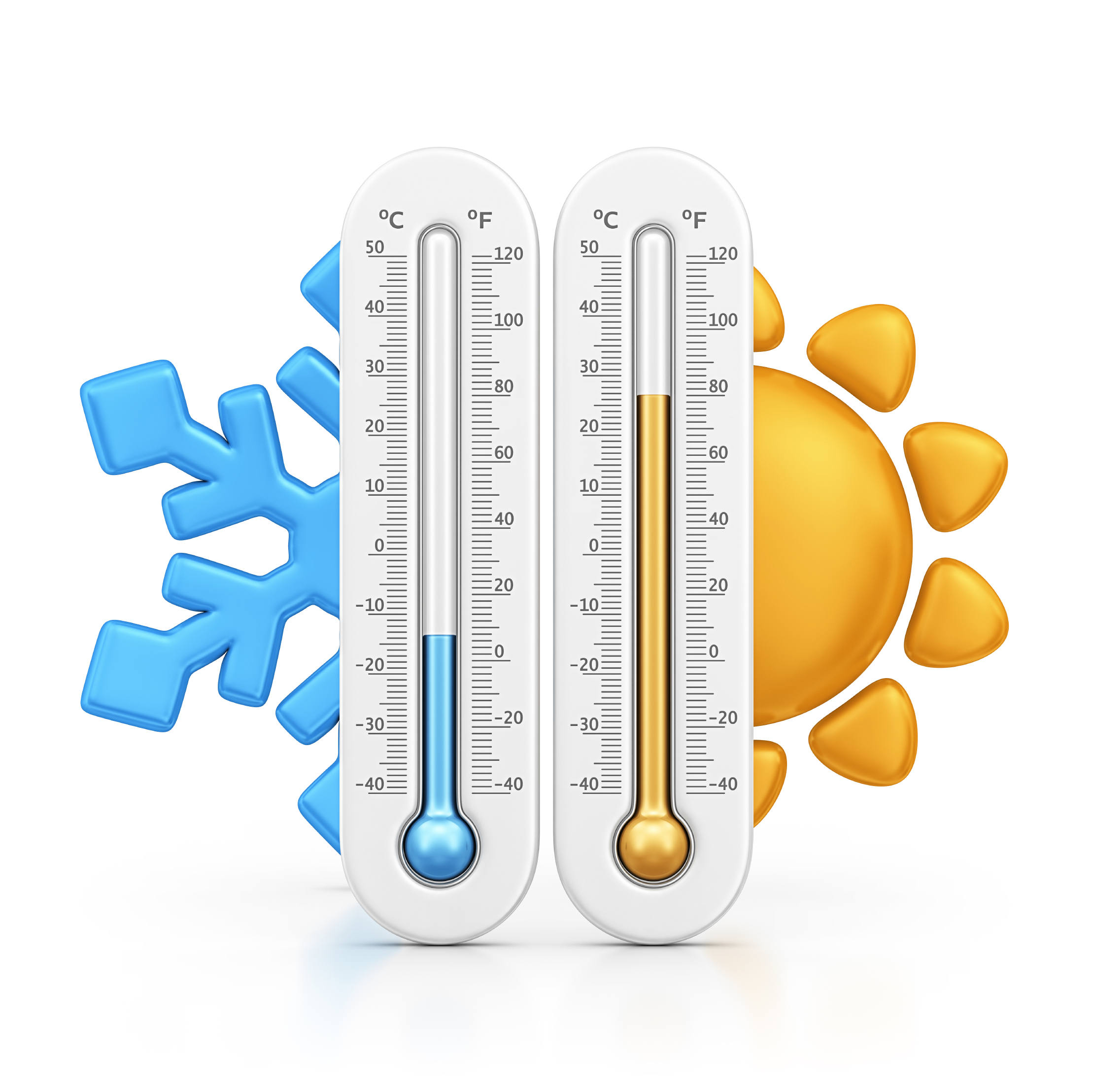What are degree days?

Tideland closely tracks degree day data to help explain energy use patterns specific to home heating and air conditioning. Members who use the online portal can overlay the degree days with their own energy use to better understand the relationship between outdoor temperature and HVAC operating expenses.
Degree days are based on the assumption that when the outside temperature is 65°F, we don't need heating or cooling to be comfortable.
Degree days are the difference between the daily temperature mean, (high temperature plus low temperature divided by two) and 65°F. If the temperature mean is above 65°F, we subtract 65 from the mean and the result is Cooling Degree Days. If the temperature mean is below 65°F, we subtract the mean from 65 and the result is Heating Degree Days.
Example 1:
The high temperature for a particular day was 90°F and the low temperature was 66°F. The temperature mean for that day was:
( 90°F + 66°F ) / 2 = 78°F
Because the result is above 65°F:
78°F - 65°F = 13 Cooling Degree Days
Example 2:
The high temperature for a particular day was 33°F and the low temperature was 25°F. The temperature mean for that day was:
( 33°F + 25°F ) / 2 = 29°F
Because the result is below 65°F:
65°F - 29°F = 36 Heating Degree Days.
The calculations shown in the two examples above are performed for each day of the year and the daily degree days are accumulated so we can compare months and seasons.




